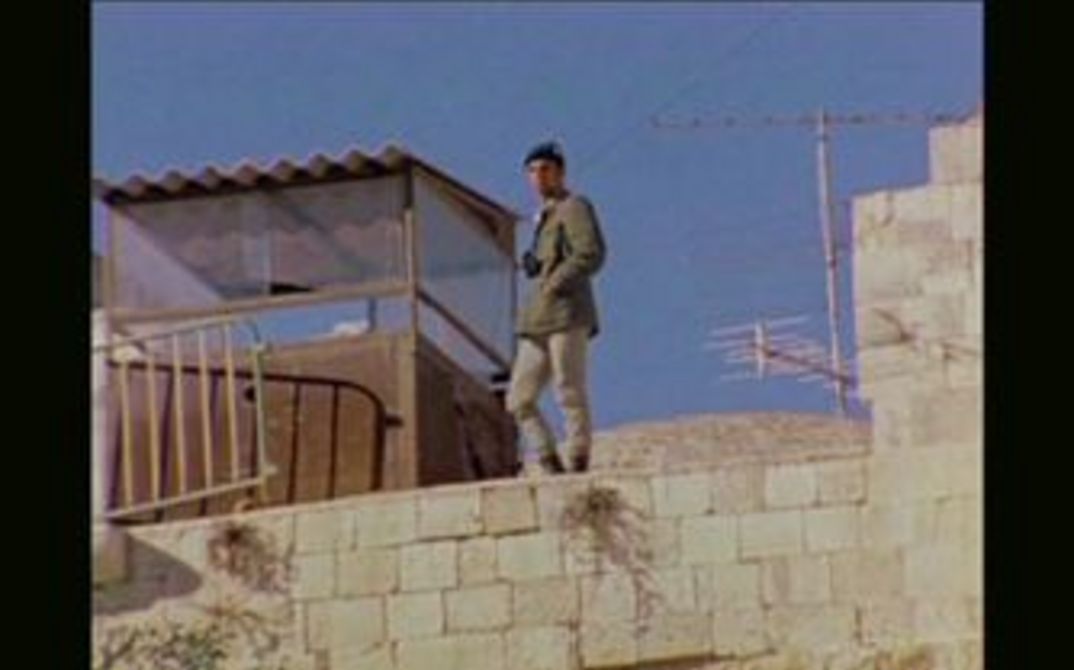PROMISED LANDS/LA DÉCHIRURE (Susan Sontag, France 1974, 1.2.) Susan Sontag's cinematic works often corresponded to biographical or geographical happenstance, as well as to the opportunities for determined intervention. This project, shot in Israel right after the end of the Yom Kippur War, was an integral component of the "furious reporter episodes" of her life and work. Sontag resisted the attempt to call the film a documentary, saying it was certainly a film of non-fiction but that it was more of an essay.
GIRO TURISTICO SENZA GUIDA (Susan Sontag, Italy 1983, 3.2.) In the autumn of 1982, an Italian television station made Susan Sontag an offer to make a film about Venice as part of the series "Per un viaggio in Italia" that would be programmed in conjunction with Marguerite Duras'"Dialogo di Roma" (1982). Sontag decided to adapt her short story "Unguided Tours"and asked Robert Wilson whether he could recommend an actress for the main role: He immediately suggested the choreographer Lucinda Childs and nobody else. Sontag transposed her story, which is not set in a clearly defined location, to Venice, which she said was ideal for a meditation about tourism and melancholy.
A PRIMER FOR PINA (Jolyon Wimhurst, Susan Sontag, GB 1984, 5.2.) Susan Sontag developed an explicit interest in dance and ballet in the 1980s. This mid-length film about the work of Pina Bausch is a "televised lecture" from a time that was perhaps a golden age for conveying cultural topics via the screen.
WAITING FOR GODOT …IN SARAJEVO (Nicole Stéphane, Susan Sontag, France 1993, 5.2.) In April 1993, Susan Sontag travelled to Sarajevo for the first time to visit her son David Rieff who was working there as a correspondent for US magazines. During her second stay in July and August of the same year, sheasked to stage Samuel Beckett’s play at the "Pozoriste Mladih" (Youth Theater). WAITING FOR GODOT …IN SARAJEVO will be screened with A PRIMER FOR PINA.
VERHÄNGNIS/FATE(Germany 1994, 4.2.) Susan Sontag was often described as a "trans-Atlantic mediator" and talked of herself as an American with pronounced European interests. She was also a sensitive observer and keen connoisseur of German film. She had clear preferences (and aversions). In her essay "A Hundred Years of Cinema" (1995) she numbered Fred Kelemen’s VERHÄNGNIS/FATE among the best cinematic works of the 1990s. The paths of people from different countries cross in the course of one night. They speak different languages but they are ominously linked in their lonely search for happiness. They plunge deeper with every movement that should free them. (re)Thanks to the generous support of the Capital Cultural Fund and the Villa Aurora.

